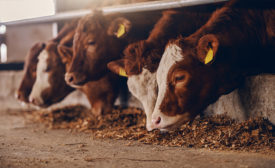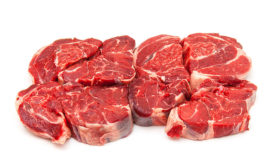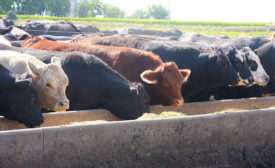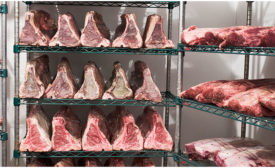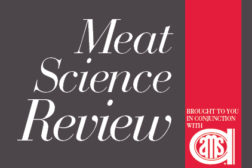Home » Keywords: » beef quality
Items Tagged with 'beef quality'
ARTICLES
Certified Angus Beef recognizes beef quality researchers
Andres Mendizabal’s research on red meat yield earns the Dr. Bobby VanStavern Award.
Read More
Iowa State University begins Beef Quality Assurance Transportation Workshops on June 14
Those who transport beef cattle may need to get BQA certified.
Read More
Meat Science Review
Does feeding RFMDGS decrease beef quality?
The effects of reduced-fat modified distillers grains with solubles (RFMDGS) in finishing diets of feedlot steers on fresh and processed beef quality.
Read More
Meat Science Review
Does native-grass grazing affect beef quality?
The effect of feeding native warm season grasses in the stocker phase on the carcass quality, meat quality and sensory attributes of beef loin steaks from grain-finished cattle.
August 17, 2016
Stay ahead of the curve. Unlock a dose of cutting-edge insights.
Receive our premium content directly to your inbox.
SIGN-UP TODAYCopyright ©2025. All Rights Reserved BNP Media.
Design, CMS, Hosting & Web Development :: ePublishing
